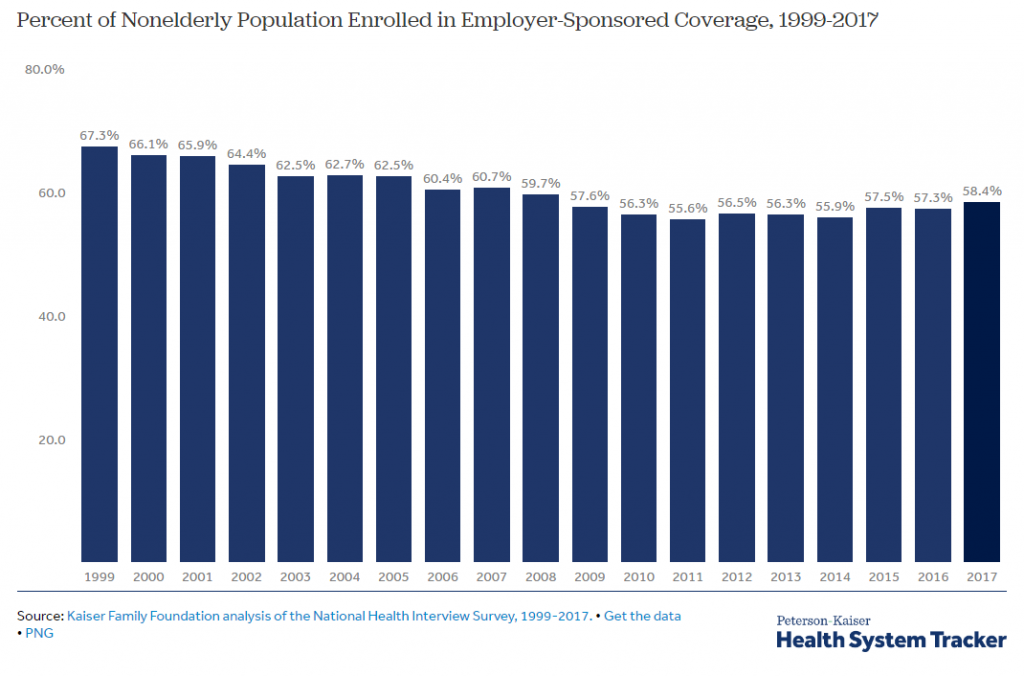Giving thanks to…my mentors
Giving thanks to…my mentors
As many of us take some time off these next few days to spend time with family or friends, we may also be reflecting on what we are thankful for. Each of us will make a list in our minds, even if we don’t share it “out loud.”
Recently I was asked to be a panelist for the Public Leadership Education Network (PLEN) as part of their annual Women in Health Policy Seminar. The seminar is for college women from across the U.S. considering a career in health policy and helps them learn how to make an impact in the legislative and political processes and how to expand their professional networks.
The panel topic was “Launching your Career” and one of the questions panelists were asked to answer was: “What do you view as a pivotal moment(s) that got you to where you are today in your health career?”
In thinking about my answer I realized there wasn’t really a single “pivotal moment,” but there were lots of “pivotal people” I had the opportunity to learn from and be led by over the years. During the session, I shared a few stories about mentors who had helped me along the way, and advised participants to find their pivotal people to build relationships and get honest feedback.
All of this inspired me to share “out loud” my sincerest thanks to the many mentors I have had who helped me be better than I was the day before. Sometimes it was a word of encouragement. Other times it was help making a difficult decision. Many times it was tough advice and honest feedback about something I was doing that was slowing down my growth. Every time it was a gift. Mentors don’t have to take the time, or make the room, or expend the energy they do. I am immensely grateful for the many pivotal people in my career who have given of themselves to make me better.















